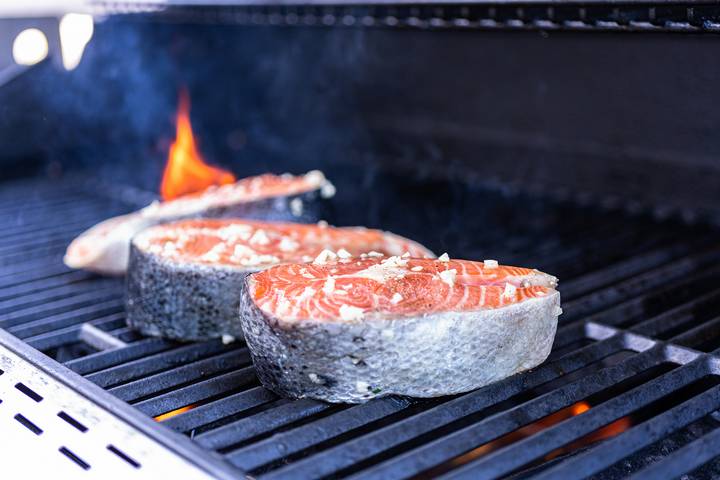Grilling salmon on a gas grill is a delightful way to enhance the fish’s natural flavours. Whether you’re a seasoned grill master or a novice cook, these essential tips will help you achieve salmon grilling perfection every time. Get ready to impress your guests and savour the deliciousness of perfectly grilled salmon.
Grilling salmon on gas grills is a fantastic way to enjoy the delicate flavours of this popular fish. With the right techniques, you’ll grill restaurant-worthy salmon in no time. So, fire up the grill, unleash your creativity, and get ready to elevate your salmon grilling skills to new heights.
1. Start with Fresh Salmon
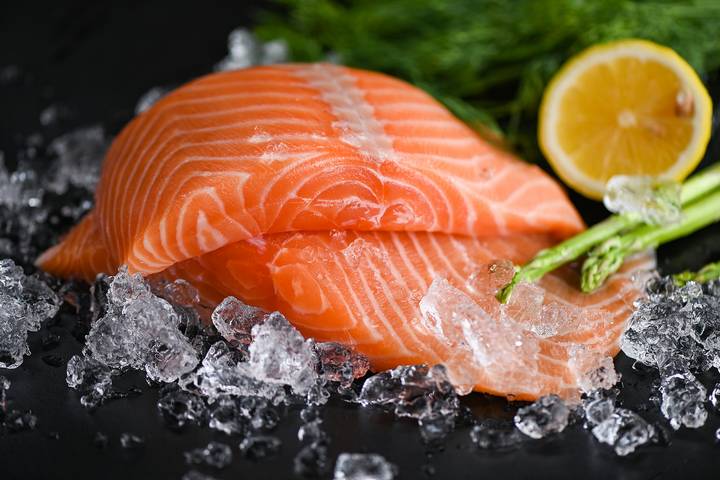
Begin with high-quality, fresh salmon fillets. The fish’s freshness directly impacts the final dish’s flavour and texture. Fresh salmon has a firm and slightly springy texture that holds up well on the grill, so choose fillets that are firm to the touch.
Look for fillets with vibrant hues of pink or orange, depending on the salmon species. The colour should be consistent across the fillet without any significant discoloration. Fresh salmon should have a pleasant, mild scent of the ocean.
Avoid fish with a strong fishy smell, which could indicate that the salmon is no longer at its best. The fresher the salmon, the better the grilling experience.
2. Season to Perfection
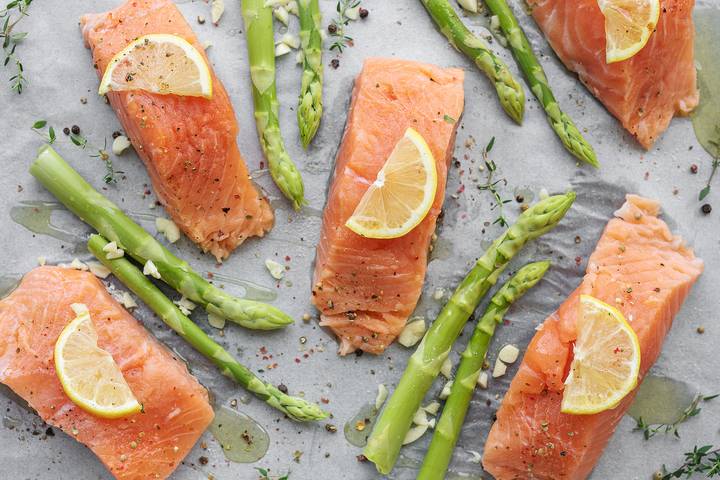
Enhance the natural flavours of salmon by seasoning it properly. Seasoning the salmon with only salt and pepper is a great way to enhance its natural flavours. But don’t be afraid to experiment with other herbs and spices to complement the salmon’s taste. Popular options include dill, thyme, paprika, and garlic.
3. Try a Marinade
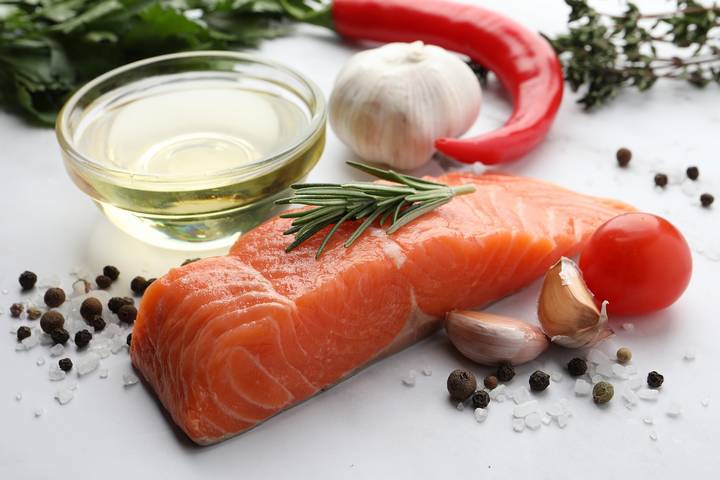
A typical marinade for grilled salmon may consist of olive oil, lemon juice, and herbs. The acid in the lemon juice tenderizes the fish while imparting a refreshing citrusy flavour. The olive oil adds moisture and prevents the salmon from sticking to the grill.
Let the salmon marinate for 30 minutes before grilling; this gives the flavours a chance to penetrate the fish. You can marinate it for up to a few hours, but avoid marinating for too long as the acid in the marinade can start to break down the fish’s texture.
Keep the salmon in the refrigerator while marinating to prevent bacterial growth.
4. Add Citrus or Cedar Planks for Extra Flavor
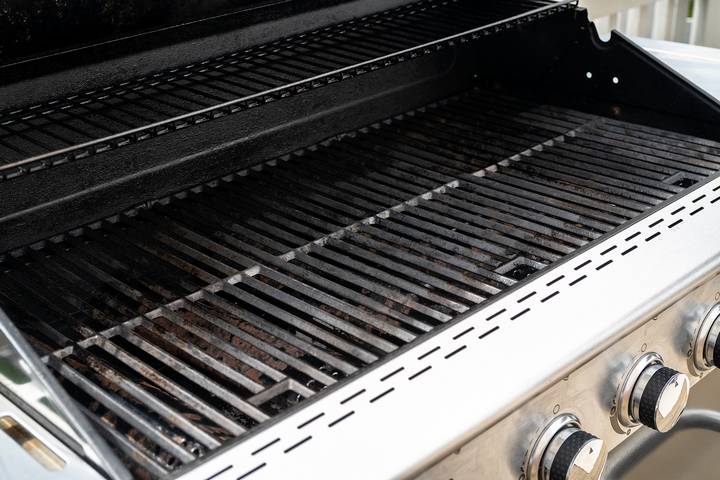
For an additional layer of flavour, consider grilling salmon on citrus slices or cedar planks. Place lemon or orange slices directly on the grill grates and position the salmon fillets on top. The citrus-infused steam will delicately flavour the fish.
Alternatively, soak a cedar plank in water, place the salmon on top, and grill. The plank imparts a woody, smoky aroma that enhances the taste beautifully.
5. Preheat the Gas Grill

Preheating the grill is essential to ensure even cooking and prevent sticking. Preheat your gas grill to medium-high heat, around 375-400°F (190-205°C). This temperature range is ideal because it gives you a flaky texture without overcooking the fish.
6. Oil the Grill Grates
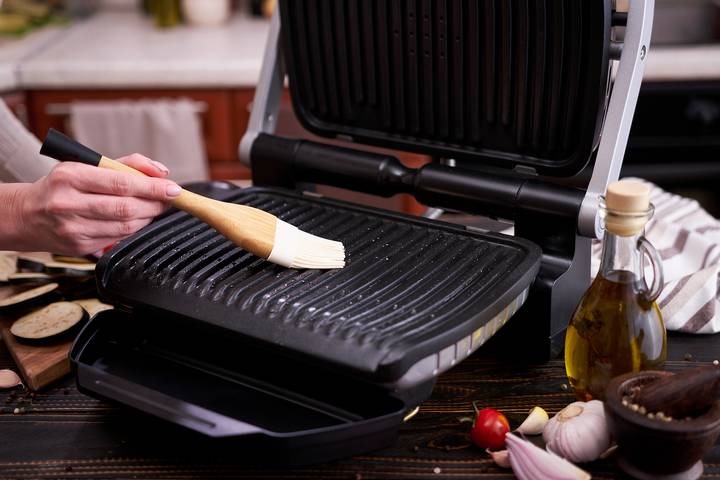
Oil them before cooking to prevent salmon from sticking to grill grates. Use a high smoke points oil such as vegetable, canola, or grapeseed.
Fold a paper towel into a small pad, soak it in oil, and use tongs to rub it on the grates. This step will create a non-stick surface and help achieve beautiful grill marks.
7. Use Indirect Heat
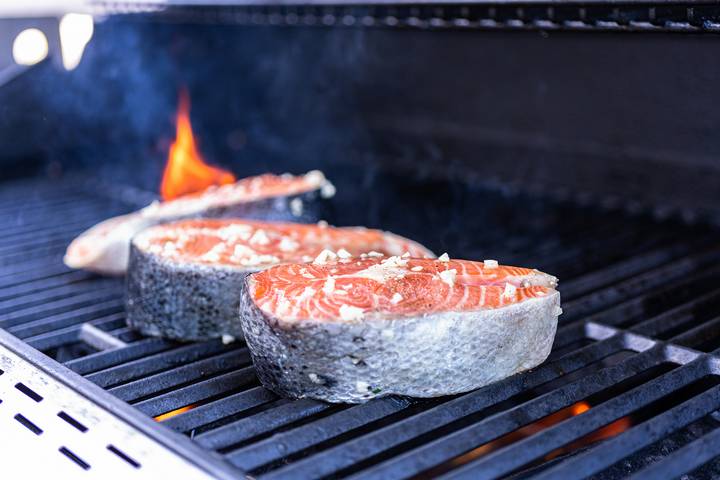
Salmon benefits from a gentle cooking process to prevent it from drying out. Utilize indirect heat by turning off one burner on your gas grill or by placing the salmon on the cooler side of the grill. This allows for more controlled cooking and minimizes the risk of overcooking.
8. Optimize Cooking Time
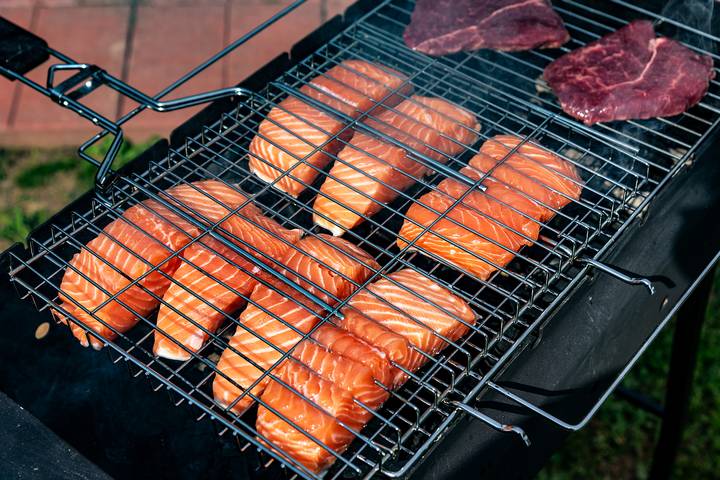
Grilling time for salmon depends on the thickness of the fillets. As a general guideline, cook salmon for approximately 4-6 minutes per 1/2” thickness. Flip the fillets halfway through to ensure even doneness. It’s better to slightly undercook salmon as it will keep cooking after removal from the grill.
Salmon can go from perfect to overcooked in minutes, so stay attentive. Avoid leaving the grill unattended, and be mindful of the cooking time. The goal is a slightly pink, moist center while maintaining a crisp, caramelized exterior.
9. Test for Doneness
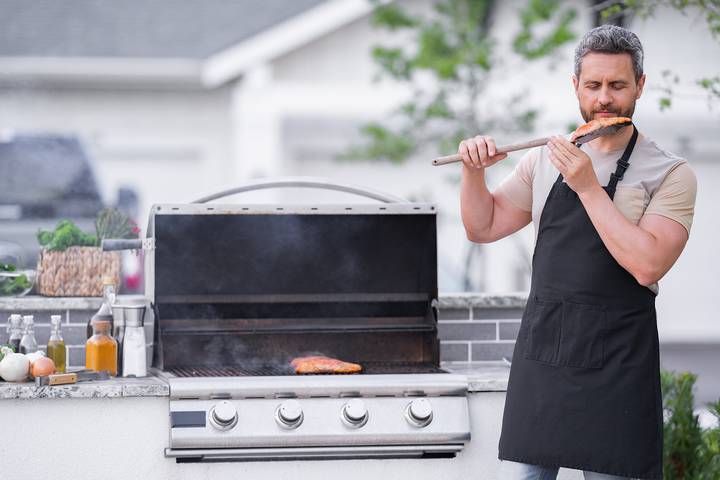
To ensure your salmon is perfectly cooked, use a thermometer to check its internal temperature. The fillet should reach an internal temperature of 145°F (63°C) at its thickest part. Insert the thermometer into the thickest section of the fillet for an accurate reading.
If you don’t have a thermometer, gently insert a fork into the thickest part of the salmon and twist. The fish should easily flake apart. Let it rest for a few minutes before eating. This allows the juices to redistribute, ensuring a moist and flavourful meal.

